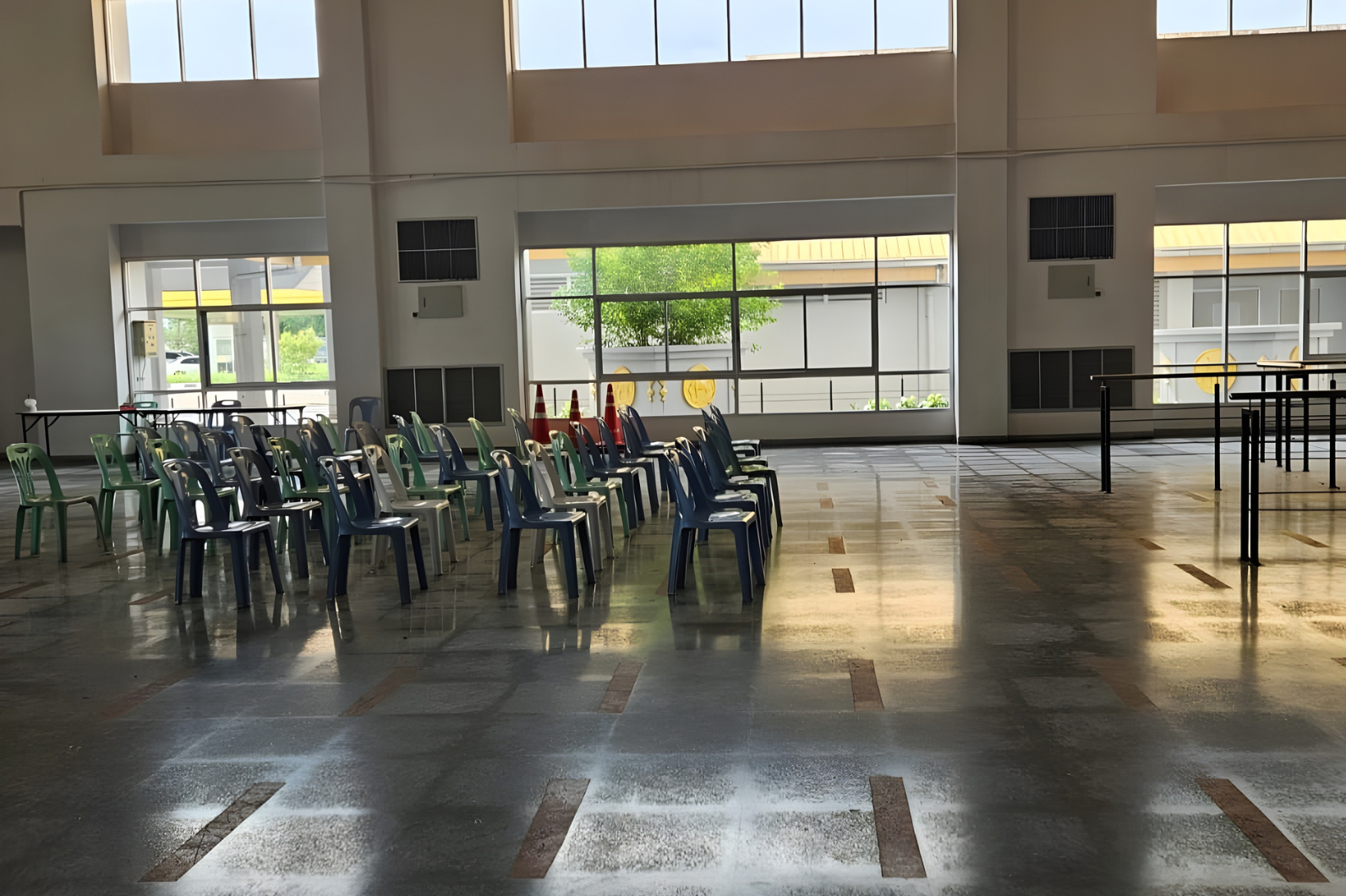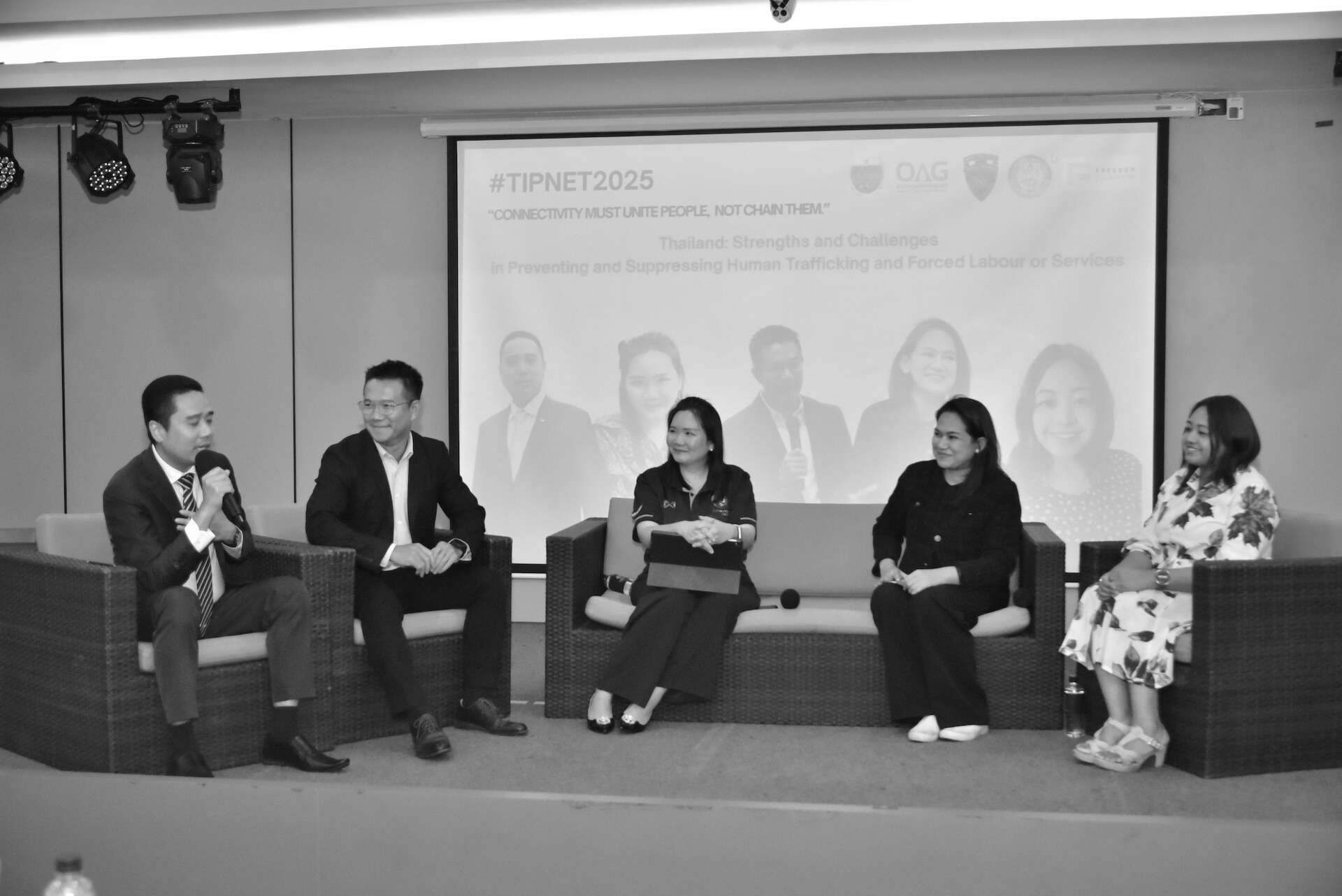Freedom Collaborative is pleased to announce the publication of a new regional routes mapping report, documenting trends in unsafe migration and human trafficking in the East and Horn of Africa. Produced by the East and Horn of Africa Anti-Trafficking (EHAAT) Network, with support from the Better Migration Management (BMM) Programme, the report was coordinated by Freedom Collaborative and funded by the European Union and Germany.
Drawing on nearly 400 route-based submissions provided by more than 50 civil society organizations (CSOs), relating to cases from January 2024 to April 2025, the report documents a complex, data-driven picture of how unsafe migration and trafficking manifest across East Africa. Crucially, the findings spotlight not only where and how individuals are being exploited, but also offer insights into how CSO-led data can inform more responsive protection efforts.
New Routes and Emerging Exploitation Trends
This latest dataset reveals notable shifts in both destination countries and types of exploitation. For the first time, Southeast Asia emerged as a reported destination, with trafficking routes identified to Laos, Myanmar, Malaysia, and Thailand, marking a shift towards longer interregional migration routes and a diversification of destination countries. Ethiopia was identified as a major transit corridor, reinforcing its strategic role in connecting East Africa to new regions of exploitation.
The data further shows that patterns of recruitment remain deeply rooted in existing social networks. In nearly three-quarters of cases in which the facilitator’s identity was known, the trafficker was a family member, friend, partner, or acquaintance, and recruitment most often occurred through these personal relationships. The report also highlights the persistence of re-trafficking – among cases where prior trafficking history was available, almost half the individuals had experienced trafficking before.
Domestic work continued to be the most frequently reported sector of exploitation, followed by manufacturing, agriculture and hospitality. However, an emerging pattern of exploitation by cyber-fraud gangs was also documented – six cases involved trafficking for online scamming, largely centered in Southeast Asia. This information points to the rise of a new type of exploitation and an emerging at-risk demographic, as victims were mostly young educated males.
Demographic data showed near gender parity among trafficking survivors, with a slightly higher number of female than male victims, and a similar balance among vulnerable migrants. Adolescents between the ages of 13 and 18 were the most affected age group, and vulnerability in this group was frequently linked to poverty, abuse and lack of education. Individuals with no formal education were most likely to be trafficked although those with secondary or higher education were also shown to be at risk – six cases involved individuals with university degrees, three of which were linked to trafficking for forced criminality in Southeast Asia.
Outcomes, Gaps, and the Role of Civil Society
In consultation with EHAAT members during the preparation phase, this edition of the routes mapping report has been significantly expanded to include data on survivor outcomes, including information on the types of support individuals received, whether they were referred for services or successfully reintegrated, whether or not they had access to compensation, and the barriers they faced when seeking assistance. These additions provide a clearer understanding of how protection systems operate in practice, helping to inform a more effective response.
Despite the severity and scale of abuse reported, access to justice and support remains limited – of 274 cases with outcome data, only 46 involved legal assistance. However, where legal aid was provided, outcomes were more likely to include compensation, ongoing services, and legal proceedings. Cases that involved multi-stakeholder collaboration tended to show stronger protection outcomes, underscoring the importance of coordinated response frameworks.
The findings of this report highlight the urgent need for long-term holistic support, greater focus on how recruitment occurs, and stronger legal and psychosocial protections for survivors. The report also reflects the essential role civil society continues to play in tracking, documenting, and responding to exploitation, and underscores its function as a key partner in leveraging critical data for systemic change. We now call on governments, donors, and international actors to act on the evidence presented here by investing in responsive protection systems, ensuring accountability for exploiters, and upholding the rights and dignity of people on the move.
.png)


